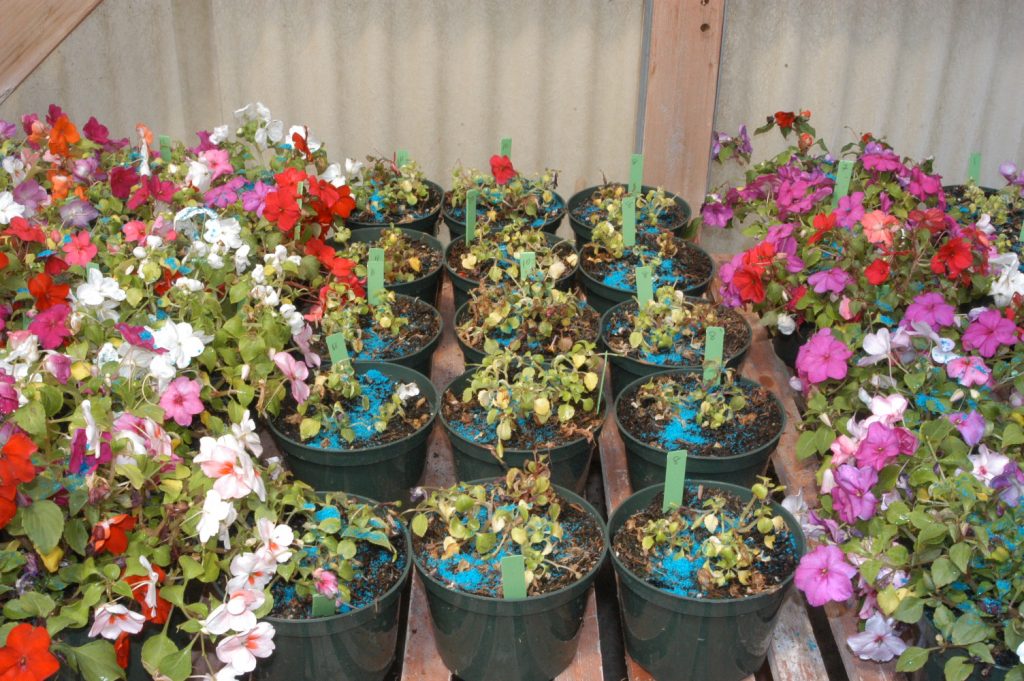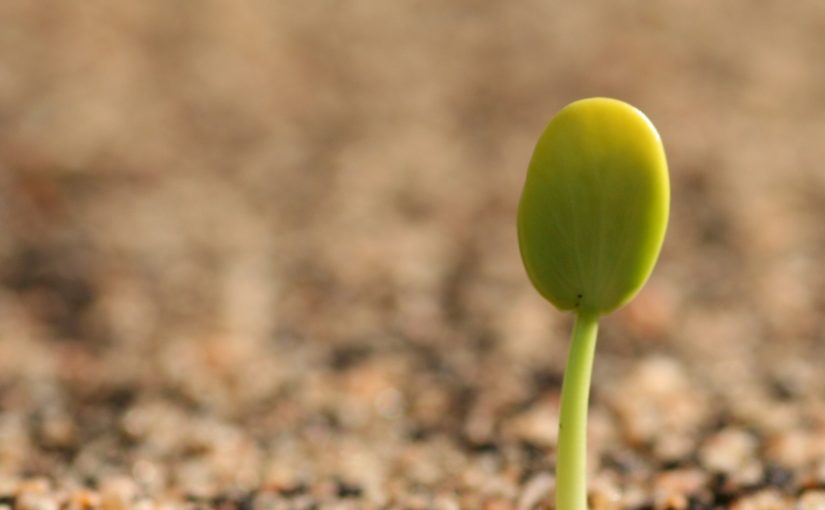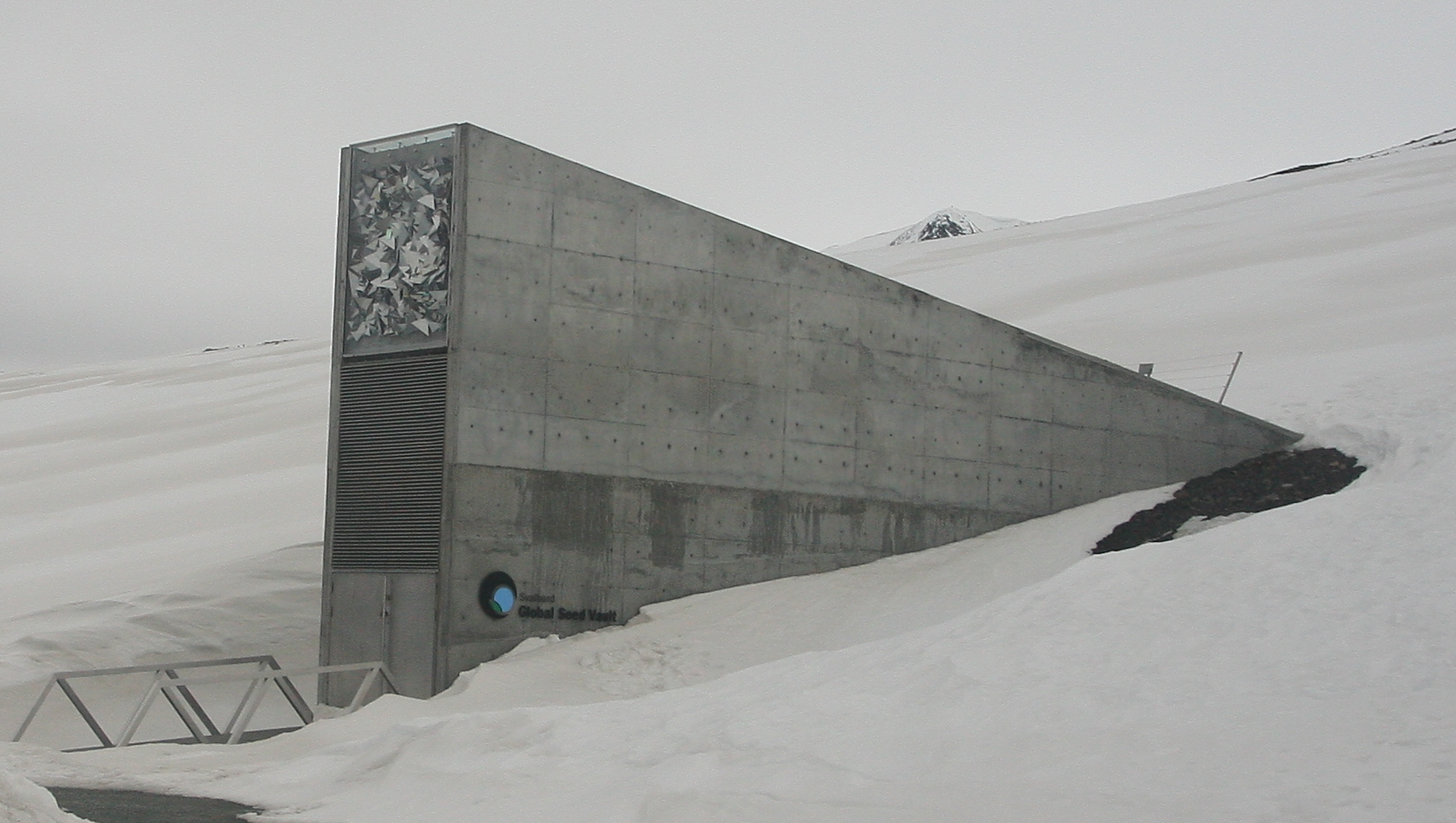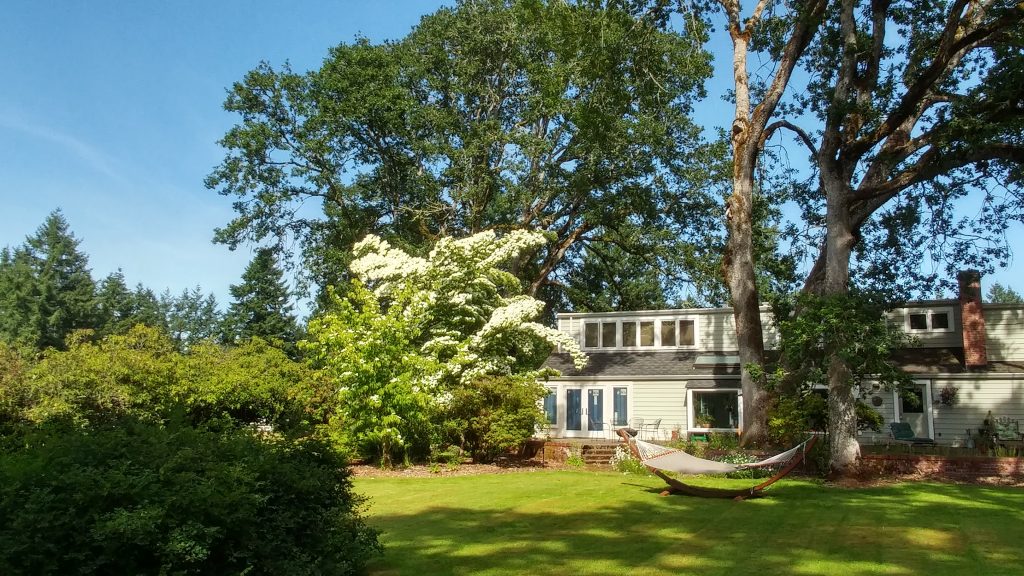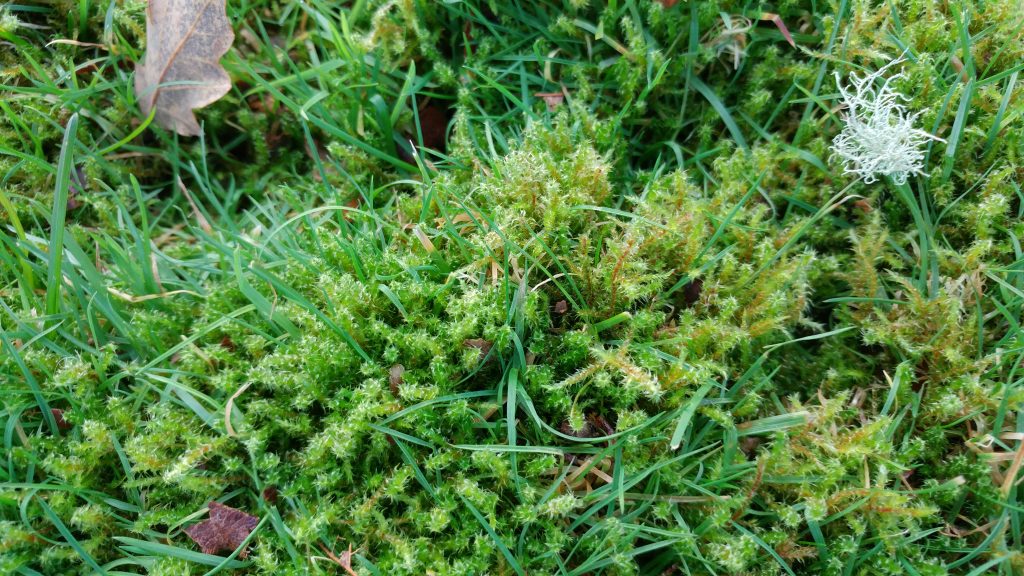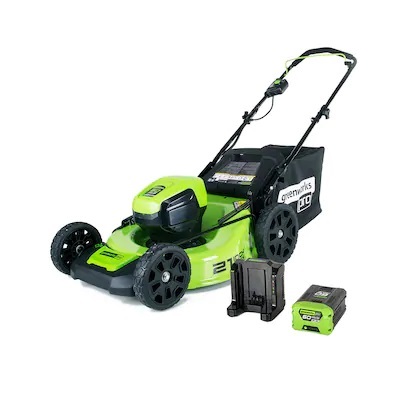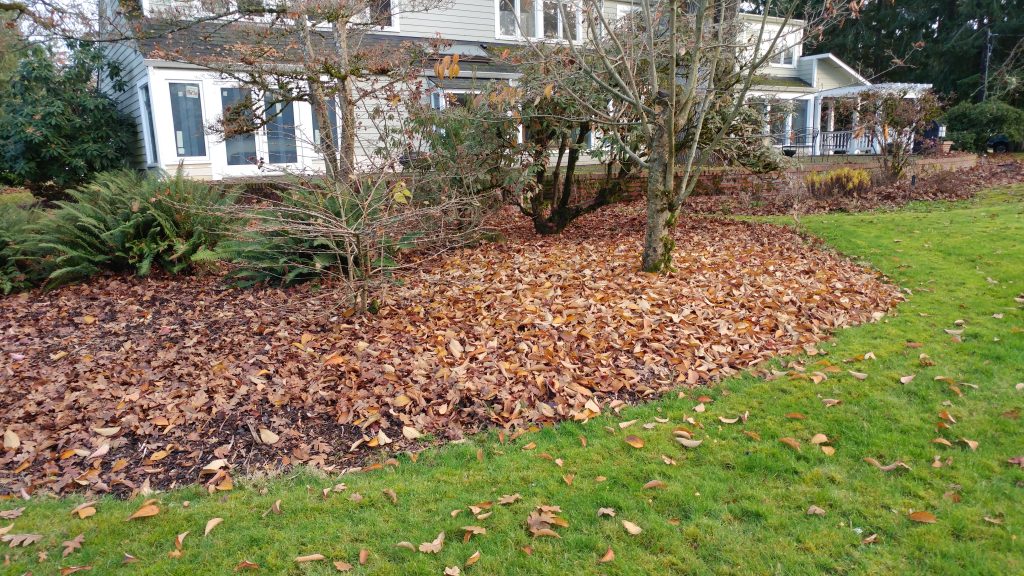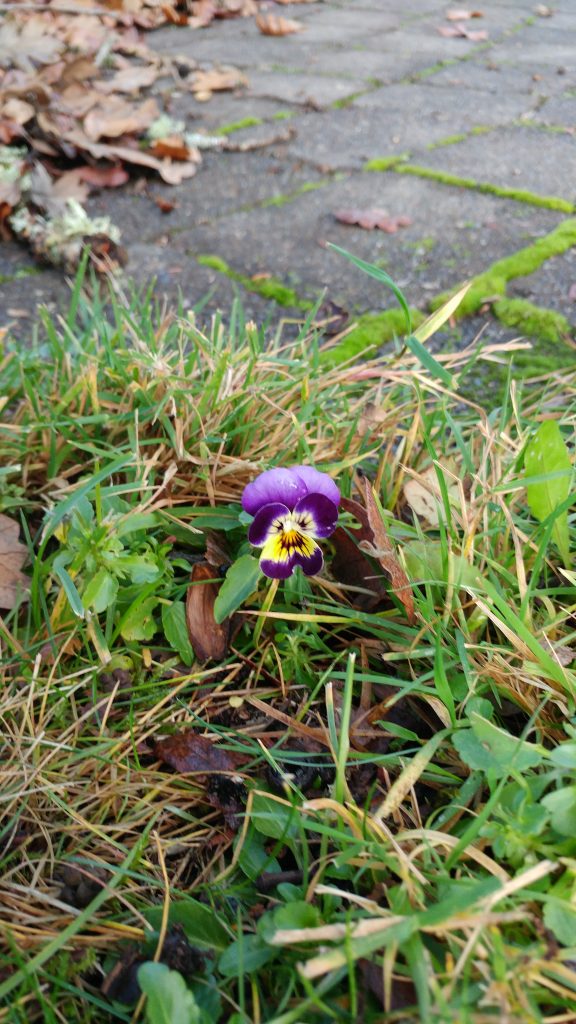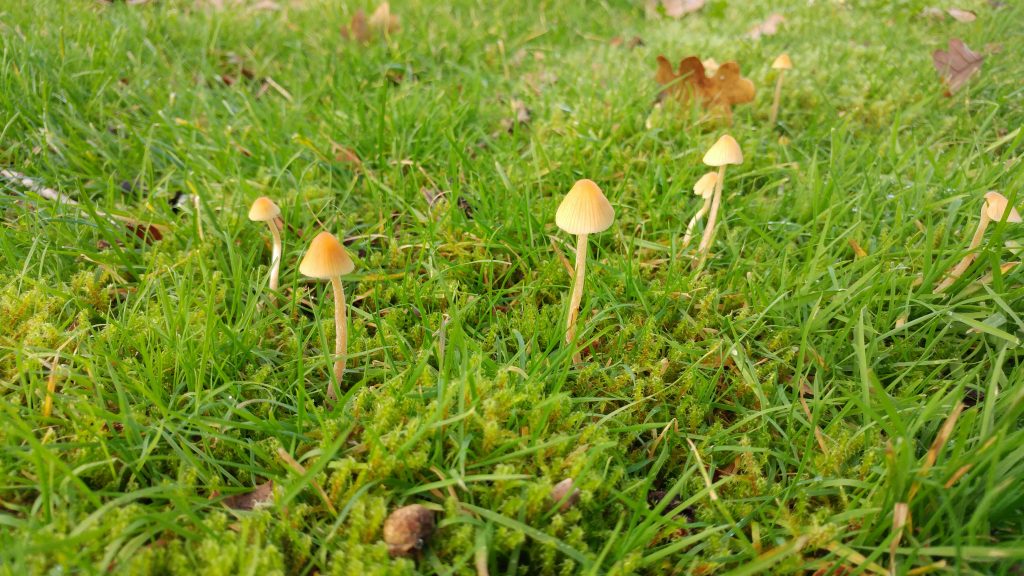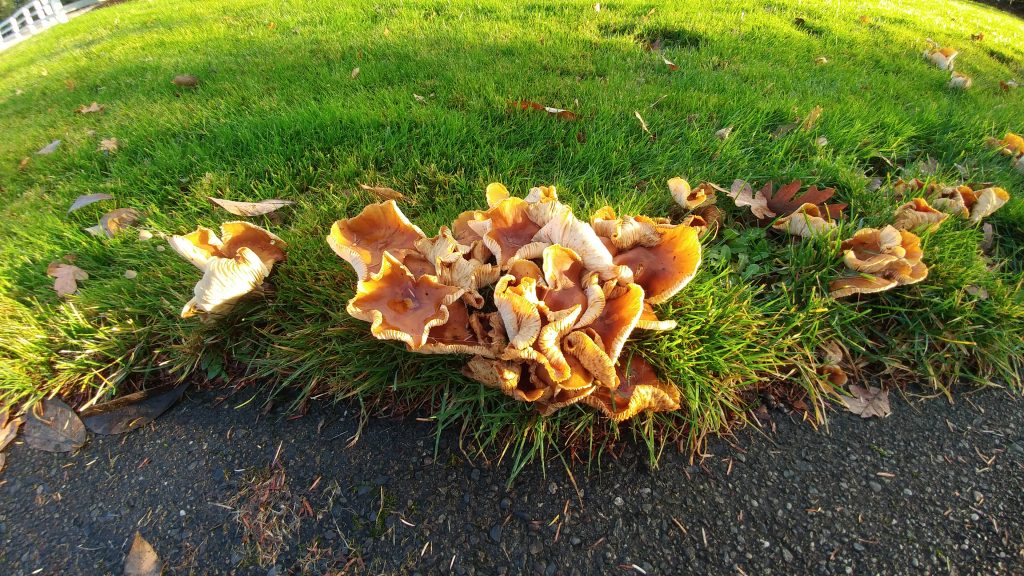Gardeners often struggle to grow plants in containers. You may feel that you have a really black thumb at times when newly planted seedlings fall over dead or fail to thrive. The problem may not be disease or poor gardening acumen but rather your container media otherwise sold as “Potting Soil”. A trip to one of the big box stores or a larger retail nursery will offer gardeners many choices of bagged potting soils. They are marketed to give you the impression they will grow anything and everything. But do they?
Over the last couple of decades I have done comparative potting media trials where I plant small plugs (usually impatiens) three per six inch container. I go out and find every retail brand of potting mix I can find and plant them all up and then follow them for about two months. I’ve been thinking of revisiting the studies and seeing if anything has changed. I also want to test the assumption that you can’t predict the grow ability of a potting soil by reading the ingredient label as some research suggests. While there can always be a surprise with any given product, I think that from my many trials I can make some suggestions to improve the outcome of your gardening adventures in containers.

Growing media is not the same as soil. Since media are placed in containers, often plastic ones, they need to be very porous. Porosity of up to 50% is not uncommon in container media. The bulk of the media needs to hold water and minerals for plant growth. Usually an organic material that has a high cation exchange capacity is used. The darling of potting mixes has been Peat Moss. Since peat moss harvesting is damaging to the environment (see previous blog by Linda CS), many gardeners may want to avoid media with peat moss. Bulking agents that do not hold much water or nutrients are also added to “lighten” or aerate the medium. Horticultural perlite (expanded volcanic glass) is the most common. Sand is also sometimes used but it adds weight to the bag and is not preferred by manufacturers. Some media use bark or other wood products to provide greater porosity.
There are usually about 18 to 20 different media on the market at any given time and the results of growing plants in them is predictable. About 10 of the media will not grow anything very well, 5 give ok results and about 5 of the products will grow a nice plant. A lot of the reason for success or lack thereof is about nitrogen chemistry. If no fertilizer is added, the medium will likely not grow well. You can add your own fertilizer and make about ½ of these poor growing media work. One quarter to one half a teaspoon (approximately 2gm) of ammonium sulfate usually peps up most media that are ok but lack nutrients. This is an amount used in a standard height 6inch (15cm) diameter plastic container. Larger containers and plants will require incrementally more fertilizer to achieve growth goals.
Some media will not grow even when fertilized. This is because they may contain manures, or composts and manures that have added too much salt to the medium. Adding fertilizers to these products only makes them less growable. Sometimes these potting soils will improve with leaching but then fertilizer will need to be added back later to make up for what was leached away. Generally a salty potting mix is worth avoiding.
So how can you tell if you are getting a good or bad mix. You can start by reading the ingredient list. And you will need to decode that list to help you make some decisions. What manufacturers call things can be very misleading. Look for a medium that has fertilizer added and lists what kind of fertilizer was used. These media usually grow without help. Avoid media that use manures, they are not suitable container media ingredients.
Some potting soils claim they can grow plants bigger than others, some claim to be all organic and some claim to be friendly to the earth. This is all marketing. Look for a simple ingredient list that is fortified with a nutrient charge (fertilizer). Begin there. You may want to sieve the medium to remove large particles if you are growing seeds, add more bulking agent (bark, sand, perlite, pumice) for plants that need increased porosity such as orchids, bromeliads and cactus. Don’t be afraid to modify potting mixes to suit the needs you might have. If plants don’t grow, consider adding more nutrients. After growing for some time (months to years), many media will breakdown, and the plant will need to be repotted in a new medium.
